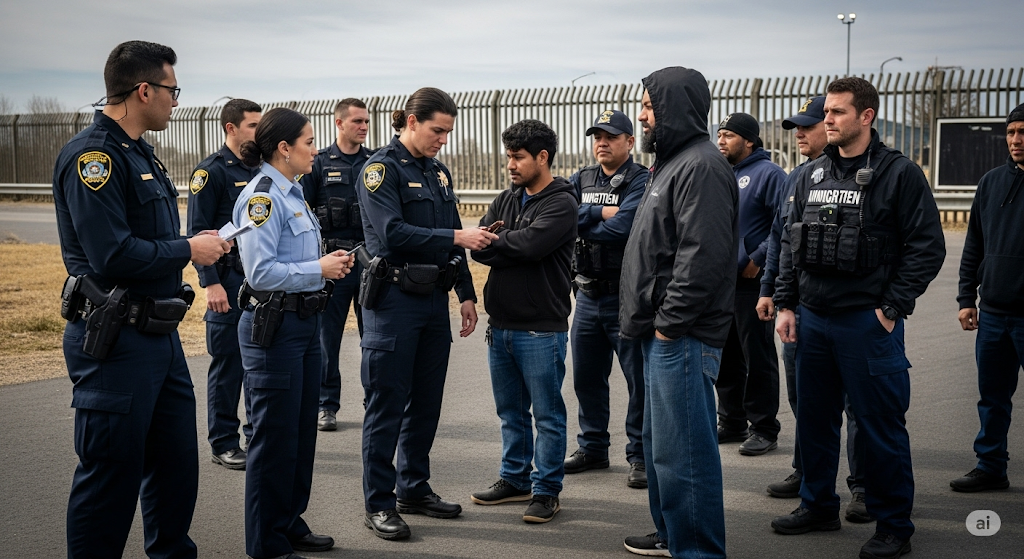Examining the evolving landscape of immigration enforcement in the U.S., its impact on communities, and the debates shaping its future.
America has long been a nation shaped by immigration, its identity woven from the threads of countless journeys from across the globe. But the way the country approaches immigration enforcement has seen significant shifts, sparking widespread debate and deeply impacting communities across the land. What was once a more behind-the-scenes function has increasingly moved into the public consciousness, raising questions about fairness, humanity, and the very character of the nation.
A Visible Presence
Over recent years, the enforcement of immigration laws has taken on a more visible and assertive posture. This has manifested in various ways, from increased scrutiny at the border to more frequent interior enforcement actions. For many communities, this heightened presence has fostered an environment of anxiety and uncertainty.
- Increased Border Security: Efforts to control the southern border have intensified, leading to debates about the effectiveness and ethical implications of different strategies.
- Interior Enforcement: Immigration and Customs Enforcement (ICE) activities within the U.S. have become more prominent, impacting individuals and families who have established lives here.
- Community Impact: These actions have led to concerns about family separations, the disruption of communities, and the potential for profiling.
Shifting Priorities and Policies
The focus and intensity of immigration enforcement have often mirrored broader political priorities and policy shifts. Administrations have adopted different approaches, leading to fluctuations in the scale and nature of enforcement activities.
- Executive Actions: Presidential directives and executive orders have played a significant role in shaping enforcement priorities.
- Legislative Landscape: Congress has also grappled with immigration reform, though comprehensive legislation has remained elusive.
- Judicial Review: The courts have frequently been called upon to interpret and rule on the legality and scope of immigration enforcement measures.
The Human Cost and Community Response
The debates surrounding immigration enforcement are not just about policy; they have profound human consequences. Individuals and families can face deportation, leading to separation and hardship. Communities with large immigrant populations often experience heightened tensions and a sense of vulnerability.
- Fear and Uncertainty: The possibility of detention and deportation can create a climate of fear, making individuals hesitant to interact with law enforcement or participate fully in community life.
- Activism and Advocacy: In response, advocacy groups, legal organizations, and community members have mobilized to provide support, raise awareness, and push for policy changes.
- Local Initiatives: Some states and localities have adopted measures aimed at protecting immigrant communities and limiting cooperation with federal enforcement efforts.
Looking Ahead: Navigating the Future
The future of immigration enforcement in the United States remains a complex and evolving issue. Finding a balance between national security, humanitarian concerns, and the contributions of immigrants to American society is a significant challenge. Ongoing debates about border security, interior enforcement, and pathways to legal status will continue to shape the landscape for years to come. As the nation grapples with these issues,











